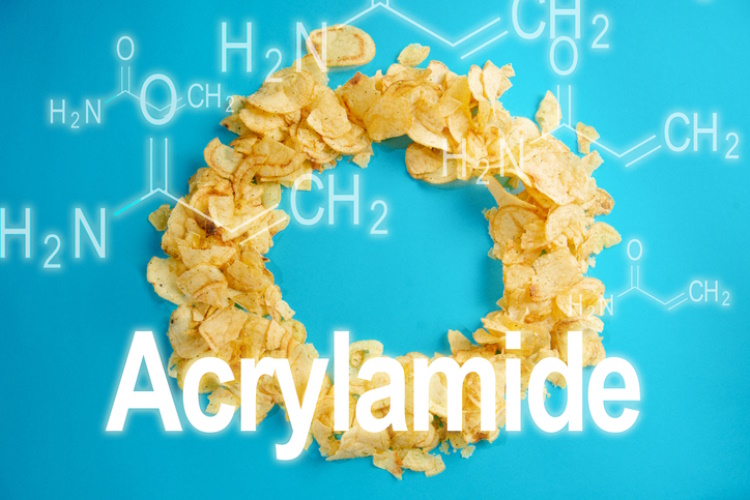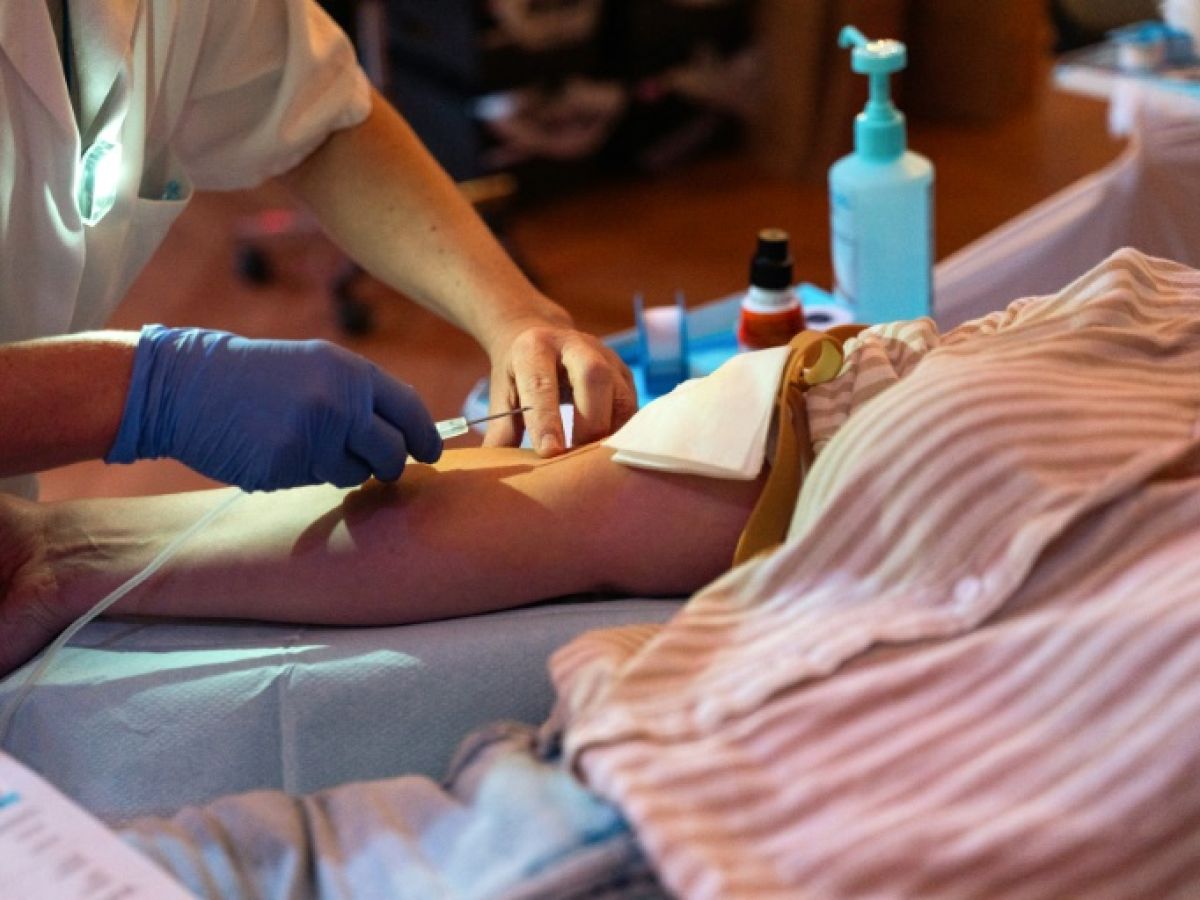
The snack industry is under increasing pressure to reduce the formation of genotoxic substances and carcinogens without harming the taste, texture or appeal of the product. Balancing these requirements is a challenge that manufacturers face in order to meet food safety standards and meet regulatory guidelines, but also maintain their competitive position in the market.
The European Snacks Association plays an important role in addressing concerns about acrylamide. It is a major trade association representing the interests of snack manufacturers in Europe. As such, they actively work with regulators, scientists and their member companies to share research and best practices aimed at reducing acrylamide levels. The guidelines, developed by the European Commission in collaboration with the trade association, detail practical measures, such as changing cooking temperatures, changing ingredient formulas and using alternative processing methods.
The ESA helps its members stay informed of ever-changing regulations and also responds to consumer expectations.
Bakery&Snacks interviewed Andrew Curtis, Head of Scientific and Regulatory Affairs at Snackex in Stockholm, to discuss his latest data presentation.
Curtis said: “I think the industry is quite familiar with acrylamide. » But for those who need to be reminded:
Since at least 1954, acrylamide has been produced commercially. It is used for various industrial purposes.
Learn more
ACRYRED, an interdisciplinary research and communication network on the reduction of acrylamide formation which involves all value chains from cereals to consumer goods, is organizing a conference in Brussels on September 4 and 5 on the theme “ Acrylamides and process-formed contaminants: a supply chain approach.”
This event will bring together scientific and policy experts concerned about the implications for the breeding, production and processing of popular foods like grains, coffee and potatoes.
Confirmed speakers include, among others: Frans verstraete from the European Commission; Benedikt Cramer of the University of Munster; Manuel Coimbra of the University of Aveiro in Portugal and Andy Curtis of the European Snacks Association. Franco Pedreschi of the Pontifical Catholic University of Chile. Friedrich Longin of the University of Hohenheim. Christine Nowakowski of General Mills Minneapolis. Jane Parker of the University of Reading.
In 2002, it was first reported as a natural chemical formed in certain starchy foods after they are cooked at high temperatures As part of the Maillard reaction
It was quickly established that the main precursors are reducing sugars, such as glucose and fructose (in particular), and amino acids, such as asparagine, which occur naturally in foods including potatoes, coffee and wheat.
A link was found between the color of chips and their acrylamide content.
This posed a problem particularly for chips, due to the initially high levels observed. Variability in processes and raw materials was the cause.
In 1994, the International Agency for Research on Cancer classified acrylamide (Classification 2A) as a “probable carcinogen” (Acrylamide). The IARC Advisory Group released a report in April this year on monograph priorities for 2025 to 2029. It classified acrylamide as AA, a priority.
According to the latest report of the Joint FAO/WHO Expert Committee on Food Additives from 2010, neurological effects at the estimated exposure levels are not likely. The margin of exposure is of concern for compounds that are both carcinogenic and genotoxic.
In 2015, and again in 2022, the European Food Safety Authority (EFSA), based on animal carcinogens and dietary intake levels, determined that this was a public health concern . Although epidemiological studies have not demonstrated that acrylamide is carcinogenic in humans (human epidemiology remains weak or inconsistent), the Ministry of the Environment expresses concern about neoplastic (cancer) effects.
No safe dose has been established for this carcinogenic genotoxic agent.
Challenges
Due to many factors (tuber to tuber, region to region, variety to variety and season to season), it is difficult to determine a practical maximum level (ML). Curtis explained that lower sugar levels are typically recorded during the summer, when potatoes are still fresh in the field. Higher levels may be observed after storage due to accumulation of sugars.
The European Commission published a stakeholder consultation in December 2019 on the revision of existing BMLs (Boiling Point Limits) for potato crackers, potato snacks and crisps with moisture content > 5 %.
It also amended the existing BLMS for crackers, from 400 mg/kg to 300 mg/kg, except for potato-based crackers. The ESA believes that this could lead to confusion, as it contradicts the Commission's guidelines.
In the EU, the “As Low as Reasonably Achievable” (ALARA) approach has been adopted.
A number of industry associations provide tools that will help ALARA-compliant producers.
FoodDrinkEurope, with the support of the European Commission, first published the Acrylamide Toolbox in 2005. The revised Acrylamide Toolbox is expected to be published later this year.
In 2009, the FAO/WHO Codex Alimentarius “Code of Practice on the Reduction of Acrylamide in Foods” was made public. Codex, like FoodDrinkEurope, also announced that it was working on a new version.
Curtis said India announced last year that it would review Codex again. This will help us keep up with the FoodDrinkEurope toolkit which also needs to be updated.
The United States Food and Drug Administration developed a “Guideline for Industry” in 2016 that details strategies for producers, food service operators and manufacturers to reduce the amount of acrylamide found in foods.
Image of a snapshot
Curtis explained that the ESA collects annual data from its members who are required to test products regularly. This information is compiled and then submitted to the European Food Safety Authority. This long-term exercise shows the progress made by the industry in respecting the ALARA principles.
Curtis said: “This is testament to the success of the toolkit in Europe. It helped lay the foundations of European regulations. »
The latest product data mainly concerns sliced chips. However, there are also statistics on potato sticks, lattice cut chips and dough snacks.
Unfortunately, the data available on lattice-cut shavings and sticks is unfortunately not very complete. These products represent a small portion of the overall market and, where possible, we have separated them in our analysis. This is because they may be one type of crisp, but they differ in surface area to volume ratio, which could impact higher levels of acrylamide. You can also use standard chips to detect and eliminate defects using a scanning system. Due to the size and shape of a mesh or stick product, this is much more difficult.
The same goes for the data on vegetable slices.
There are not many producers of vegetable chips in Europe and it is a difficult market because there are more sugars in these products. Vegetables are all that are available at this time, unlike potatoes, which have been grown for years to make chips.
As always, the largest data set is for sliced potato chips.
This year we submitted 9,700 data points on sliced potato chips.
Curtis continues: “Steve Powers is a statistician we have worked with for many years. It cleans the data for us. » We must double-check the data provided by our members to ensure that it is correct, that we have the correct laboratory accreditation and that the limit value for quantification or classification of the product is correct. “But what we see year after year is that the macroeconomic trends remain unchanged: lower levels in the summer when the potatoes are fresh from the fields and higher levels once they are needed. store. »
Powers and Professor Nigel Halford also co-authored, based on ESA data, three peer-reviewed papers on tracking progress in reducing acrylamide levels in Europe.
ESA's Curtis said the ESA hopes to increase the number of product types listed in the updated FoodDrinkEurope Toolbox.
In the current release, we are investigating solutions for chips, dough-based snacks and sliced root vegetable chips. We could also look at one or two other products from the Commission's recommendation.
The challenge is how well these tools will work in real factory situations. In the toolbox we list research (lab-scale), development and commercial tools. Although there is a large amount of data coming from laboratories, it is not always possible to translate this information into a large-scale commercial product. We will have to come back to it again.
Recent research has focused on adding antioxidants to frying oils to mitigate the effects of frying oil. If you have a production line that produces thousands of tons of product per hour and you add a tiny amount of additive to the frying oil, how will this work on a larger scale?
That the industry has managed to manage the problem well is one of its most remarkable features. We try to provide the most up-to-date data possible. These will be used to inform future discussions with members and the Commission. “Whether we are able to reach maximum levels in the near future or if we simply need to revise the reference levels for certain products, or if we need to create new BMLs, then we must have all the necessary tools to help manufacturers to achieve these values. “.
Maximum levels compared to those of reference
Curtis, I asked you if the ESA expects the European elections to affect regulation?
The Commission, Member States and Parliament usually agree on a proposal.He said it's important to communicate and ensure everyone involved in the regulatory process understands the challenges of AA mitigation.
In the past, challenges came from the tertiary group sectors.
A proposal for maximum levels for certain foods was made some time ago for foods intended for babies and children. The proposal was based on EFSA data and had the support of experts from EU member states. Stakeholders from the NGO sector intervened, saying the level was not ambitious enough. The NGO managed to put pressure on parliamentarians, but their proposal was rejected.
The intervention was not a fair assessment of the data, despite its good intentions. The lack of knowledge of NGOs on this complex issue has led to the failure of maximum levels for products.
Safe Food Advocacy Europe calls on the new European Parliament to implement stricter maximum levels for products intended for infants and children.
SAFE was disappointed that the European Commission has not taken any action on the issue since 2017, as no legally binding maximum levels for acrylamide have been established. " The watchdog said in a press release.
The company advocates for a ML level well below 50 mg/kg, in line with the proposal for baby foods. He cites studies indicating that levels as low as 1 mg/kg can be easily achieved
We are considering setting an upper limit of 40 mg/kg. a benchmark could hamper efforts to reduce acrylamide in these products.
SAFE recommends that the BML be reduced for cereals intended for children under three years of age
The report also calls for the regulation of new product categories such as vegetarian chips. and toasted nuts.
In 2023, CVUA Stuttgart discovered that vegetable chips contained very high levels (up to 3,500 mg/kg). A 2024 German study on acrylamide and foods also found that levels measured in crunchy vegetables were more than twice as high. level established by the European Commission (750 mg/kg).
Worse still, consumers are unaware of the dangers of acrylamide. This prevents them from making an informed choice when purchasing food or when cooking and meal preparation.
SAFE, in partnership with SAFE Member Association for Sicurezza Nutritionale in Cucuina, has created an acrylamide awareness campaign and provides practical tips for cooking food safely at home.
Curtis admitted, however, that he didn't like max levels. The approach taken by the toolbox – embedded in the current Commission regulations – constitutes, in my opinion, the best solution to a complex problem. When you look at the data, it shows that it has worked for our industry and it continues to work.
The Commission faces a major challenge in redefining reference levels and introducing maximum levels. They also need to decide how best to classify certain categories. Take for example the categories of breakfast cereals or of biscuits.It is possible to have multiple production methods for products with similar appearance or flavors. Many products are made the same way, but have a different texture or appearance.
Challenges are caused by different production scales, ingredients and national tastes. Is it the same thing? Is it “fair” to classify products into broad categories with rankings that others may never achieve? The reference level approach has proven successful so far. We hope to see it revised in light of new data to push the industry towards greater achievements, without breaking the rules.
Curtis continued: “There are also huge technical implications for implementing the maximum levels. » You may have to issue costly recalls even if all best practices were followed, a testing system was in place, and a release system was implemented. This would not be due to bad practices, but rather to the fact that natural variations are always present. You may discover that despite testing and monitoring, you have a tuber that has a higher sugar content. This could be because there was more stress on the factory or at the store.
All varieties react differently to impacts and behave differently.The product may have been subjected to stress in the field (excess water, heat) and once lifted into the store, it is not stable. This could cause a breakdown in the store and problems with your finished product.
You need to take these factors into consideration and the max level wouldn't allow for that. In our industry there are seasonal ups and downs, which makes potato management difficult. “This must be considered on a case-by-case basis. »
After ICPC, the challenge continues
The industry stopped using chlorpropham in 2019. It has been widely used to reduce the accumulation of sugars and suppress the germination process on potatoes stored for long periods. The EU and UK have banned its use due to theoretical concerns about toxicity. Sales were banned in January 2020. Residues may still be present, and EU and UK authorities have put in place temporary maximum residue limits (at a safe level approved by EFSA, rather than a limit of detection) to ensure that these cultures do not disappear. to waste.
Curtis is the chief executive of the UK Potato Processors Association. He says that while there are several post-CIPC treatment options, none of them have been shown to be as effective as CIPC. This has led many operators to modify their methods or modernize their equipment. There is no simple way to replace CIPC. A multi-pronged strategy for removing germs may be necessary.
He told the site that "because of the limited time farmers had to familiarize themselves with these new chemicals, they suffered serious losses and the quality of some potatoes was affected."
In the UK and Europe, there are four substances approved for killing germs. The three substances that can be used on organic potatoes are mint oil, orange oil and ethylene. DMN, also known as DORMIR or 1.4SIGHT from DormFresh and registered as DormFresh, is currently not suitable for organic potatoes.
Maleic hydrazide, sold by UPL under the name Fazor, can be used in the field to prevent germination of stored potatoes. This is done by extending their dormant period.
Curtis said that "the last two years have been difficult at least in Europe for potato growing." He added: “Producers continue to adapt well and learn more each year.”










